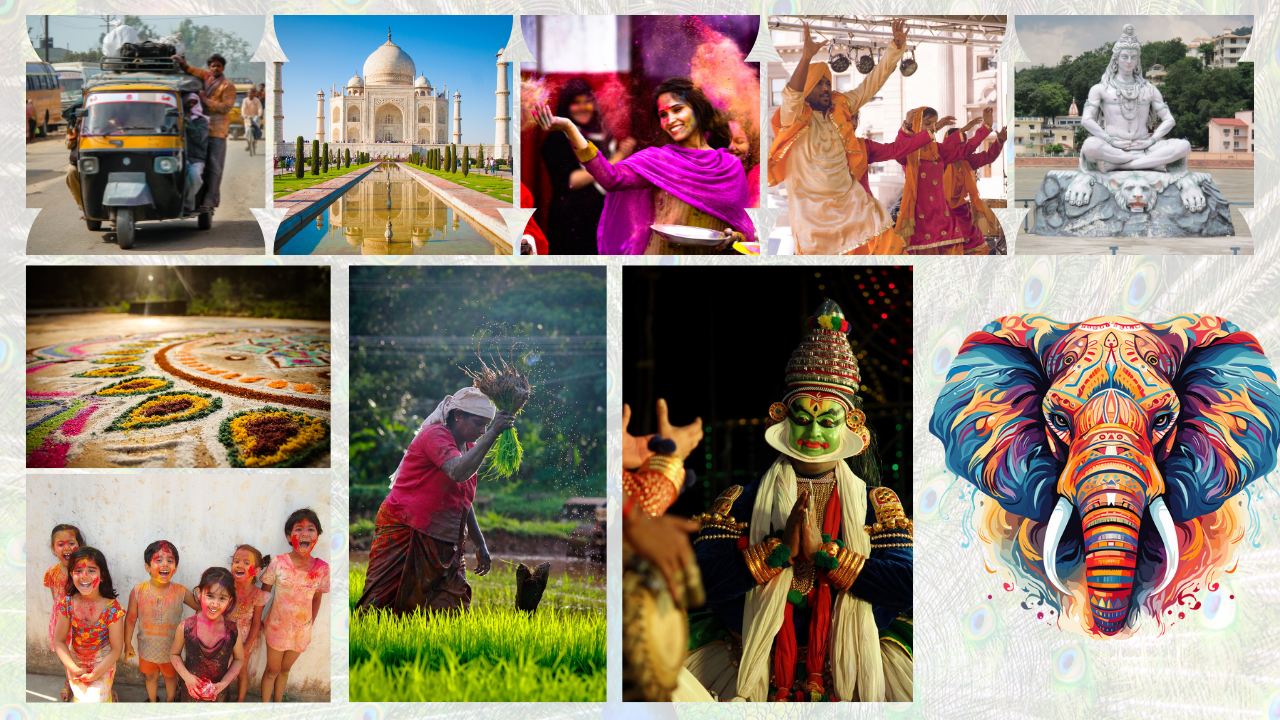Thanksgiving: A Celebration of Gratitude and Unity
Thanksgiving is a beloved holiday celebrated on the fourth Thursday of November in the United States. It’s a time when families and friends come together to share a meal, express gratitude, and reflect on the blessings of life. In this article, we’ll explore the history of Thanksgiving, its traditions, and the significance of this holiday in American culture.
History of Thanksgiving
Thanksgiving has its roots in a harvest festival celebrated by the Pilgrims in 1621. The Pilgrims were a group of English settlers who came to the New World seeking religious freedom. They arrived in Plymouth, Massachusetts, in 1620 and endured a harsh winter that killed many of them. With the help of the native Wampanoag people, they learned to cultivate the land and harvested their first crops in the fall of 1621. To celebrate the successful harvest, the Pilgrims held a three-day feast of thanksgiving, which is now known as the first Thanksgiving.
The first Thanksgiving was not an annual event, but it was celebrated sporadically by various colonies and states throughout the 17th and 18th centuries. It wasn’t until 1789 that George Washington, the first president of the United States, declared a national day of thanksgiving to be held on November 26th. The holiday was sporadically celebrated until the mid-19th century when Sarah Josepha Hale, a writer and editor, began advocating for a national Thanksgiving Day. In 1863, President Abraham Lincoln proclaimed the last Thursday in November as a national day of thanksgiving, and it has been celebrated annually ever since.
Traditions of Thanksgiving
Thanksgiving is celebrated in many different ways, but some traditions are common across the country. One of the most significant traditions is the Thanksgiving meal, which typically includes turkey, stuffing, mashed potatoes, gravy, cranberry sauce, and pumpkin pie. Families often gather together to prepare the meal and share it together. Many families also have their own unique dishes that they include in their Thanksgiving meal.
Another tradition is the Thanksgiving Day parade, most notably the Macy’s Thanksgiving Day Parade in New York City. The parade features giant balloons, floats, and performances by marching bands and celebrities. It has been an annual event since 1924 and is watched by millions of people on television.
Many people also participate in the Turkey Trot, a race or walk that is held in many cities on Thanksgiving morning. It’s a fun way to start the day and burn some calories before indulging in the Thanksgiving feast.
The Significance of Thanksgiving
Thanksgiving is a holiday that is rooted in gratitude, unity, and community. It’s a time to reflect on the blessings of life and to give thanks for them. It’s also a time to come together with family and friends, regardless of differences, and to celebrate the bonds that unite us.
The act of expressing gratitude has been linked to many health benefits, including improved mental health, increased happiness, and better relationships. By taking the time to reflect on the good things in our lives, we can cultivate a sense of appreciation that can carry over into other areas of our lives.
Thanksgiving is also an opportunity to practice generosity and kindness. Many people choose to volunteer at food banks, shelters, or other organizations that serve those in need. By giving of our time and resources, we can make a positive impact on the lives of others and experience the joy of helping others.
Finally, Thanksgiving is a reminder of the importance of community. It’s a time to come together with loved ones, to share a meal and create memories. It’s a time to put aside differences and to focus on the things that bring us together.
![]()





